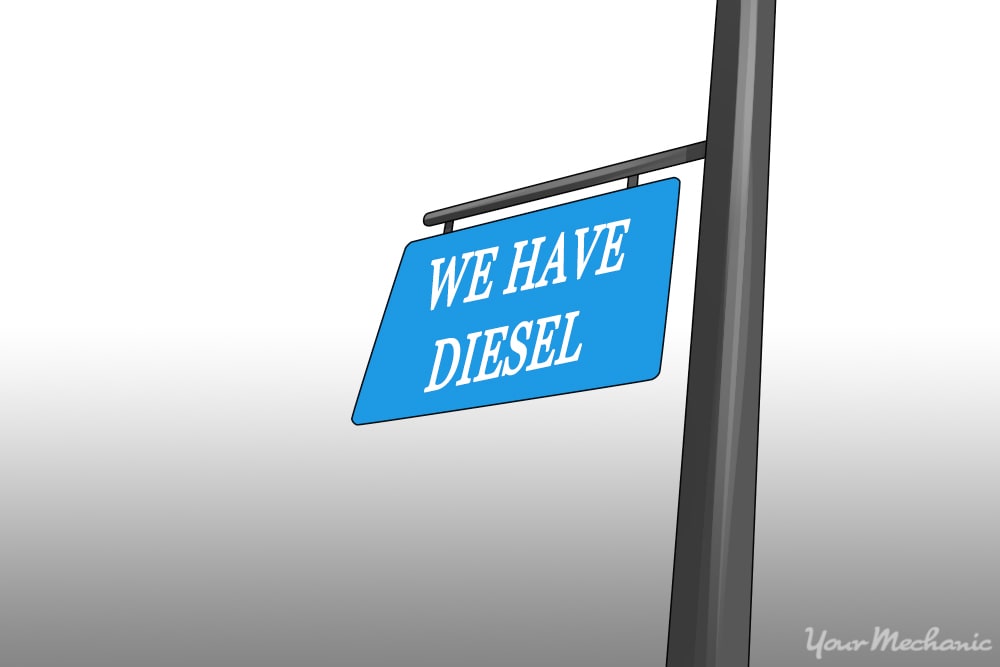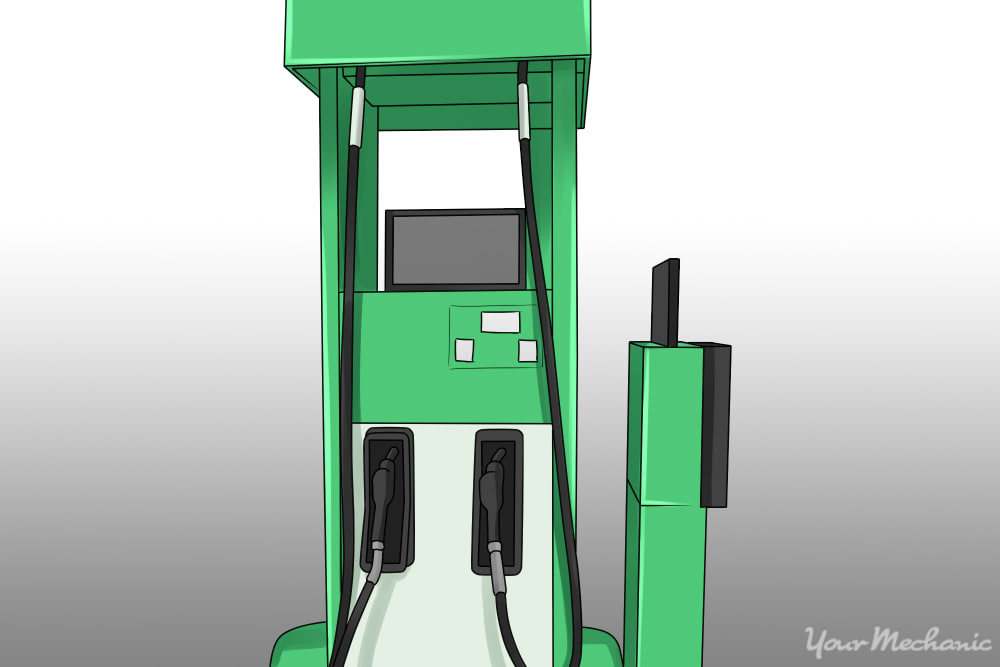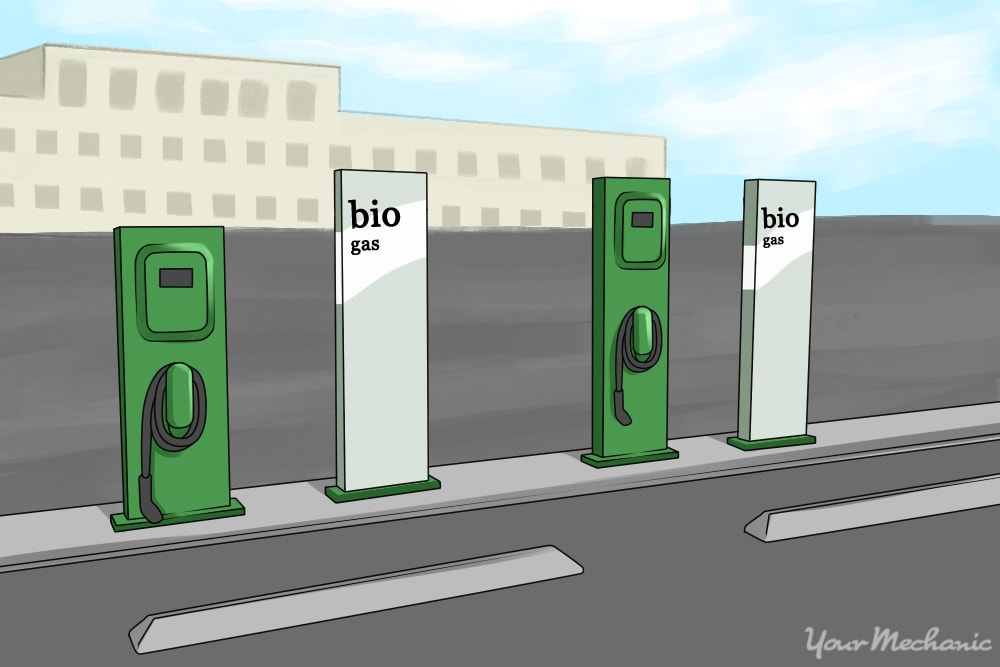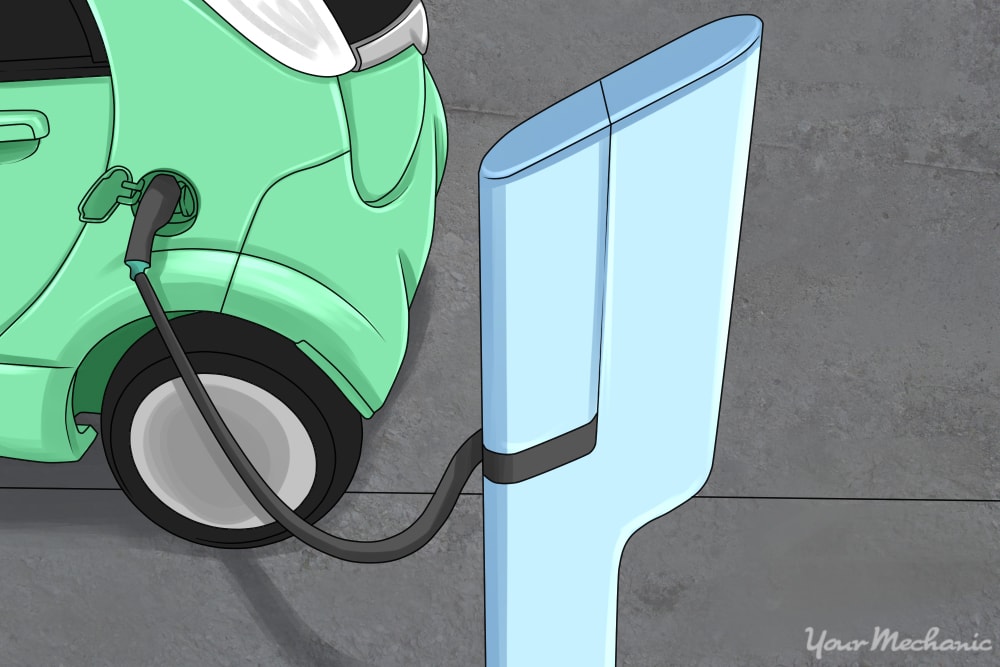

Auto manufacturers are currently under pressure to create new vehicles that are more environmentally friendly and to improve the fuel efficiency of the vehicles they currently offer. For consumers, the trend to “go green” is more than just an environmentally conscious choice, however. Most people purchase environmentally friendly vehicles primarily to save on fuel costs with the eco-friendly benefits coming second.
Environmentally friendly can be interpreted in different ways, but it usually refers to a vehicle that is exceptionally fuel efficient, uses an alternative fuel, or doesn’t burn fuel at all.
Finding an environmentally friendly vehicle that suits your needs can be a challenge. The typical vehicle in the environmentally friendly category is a small car but that is slowly changing. Vehicle manufacturers are building different vehicles to fit different lifestyles, including trucks, SUVs, and full-size cars in addition to the traditional compact cars.
Here are some steps you can take to help you choose the environmentally friendly vehicle that is best for you and what buzzwords may be more misleading than you think..
Part 1 of 5: Determining accessibility to fuel
While you want your vehicle to be environmentally friendly, you need to make sure you have access to the proper fuel for it so you can drive it hassle-free.
Step 1: Determine if there are alternate fuel sources nearby that you can use. Common fuels that are typically more efficient are diesel, biodiesel, and electricity.
Diesel engines are more commonly being used in passenger vehicles, but there is a shortage of fuel stations that carry diesel fuel. This could be due to the old criticisms of diesel engines that claim that they are actually more harmful to the environment than gas-powered engines, but this has changed with the addition of low-sulfur diesel fuel.
Note: Diesel fuel does tend to be more expensive than gasoline, but diesel vehicles also tend to get better gas mileage and have higher torque numbers than similar gas-powered vehicles.
Biodiesel fuel is made of renewable resources such as old cooking oil and isn’t readily sold, but you can make your own biodiesel fuel at home.
Electric vehicles require charging stations to recharge their batteries when they are depleted. If you take long trips, you’ll need to consider where there are charging stations along the way.
Charging stations are beginning to pop up in major centers, but they are still quite limited in their availability elsewhere.
You may need to rely on a single charge to get you to your destination and back home again where you can recharge depleted batteries.
Note: Vigorous driving, or driving while using multiple electrical sources like the radio and a phone charger, may decrease the amount of miles an all-electric vehicle is able to travel on a single charge.
Step 2: Investigate other fuel efficient options. If you don’t have access to alternative fuel sources, you can look into gas-powered vehicles that are also fuel efficient.
Four-cylinder, compact cars are the norm in this category, although some larger vehicles now get exceptional fuel mileage as well.
You can also look into hybrid cars, which add the convenience of an electric motor to the reliability of a gas- or diesel-powered engine. By having the two engines working in tandem, you can dramatically improve your MPG (miles per gallon) and go a long way toward becoming more environmentally friendly.
Note: Many hybrids cars will run exclusively on electrical power during periods of relaxed driving. Manufacturers have also created technology in which the electric motor can be charged either by the combustion motor or when braking.
Part 2 of 5: Calculating the distance you need to travel
Determine the longest round trip you will need to make. If you drive a vehicle that uses an alternative fuel, you should be prepared to travel to your destination and back home without needing to refuel your vehicle because you may not be able to find a fuel source along your route.
Step 1: Determine the longest distance you will need to travel. For example, if the furthest point you typically travel to is your job in the city, calculate that distance.
Step 2: Determine the round trip distance. Double the distance to your destination to calculate the round trip distance.
Step 3: Add an extra 20 percent to the distance. This will give you a buffer to make sure you don’t run out of fuel in the event of a detour.
For example, if your destination is 80 miles away, double that distance for your round trip total. This equals 160 miles. Add an extra 20 percent, or 40 miles in this case. This gives you a total distance of 200 miles that your car needs to be able to drive on one tank or charge.
Compare this fuel range with the ranges listed for environmentally friendly vehicles to determine which one is right for your situation.
Part 3 of 5: Determining the number of seats you need
While you want your vehicle to be fuel-conscious and environmentally friendly, it still needs to be able to carry the necessary passengers. You’ll need to determine how many passengers your vehicle will need to accomodate so you can choose the right style.
Step 1: Determine how many people travel with you at a given time. If you have a family of six, for example, a compact car with only four seats won’t be sufficient.
If it’s just you and your spouse, you might be able to choose a two-seater for your environmentally conscious vehicle.
Step 2: Consider your future seating needs. If your family is going to be expanding with a new arrival, you are expecting grandchildren, or you may be participating in a ride-sharing program, consider how many people you may need to accommodate in your vehicle in this future scenario.
Part 4 of 5: Figuring out what capabilities your vehicle needs
You need to select a vehicle that can do at minimum everything that you currently do. Whether you camp, go boating, cycle, or just drive to work and back, your vehicle needs to be able to do everything you do right now, and possibly more.
Step 1: Consider a vehicle built to handle your day-to-day driving. If you commute or simply use your vehicle to transport people, choose the most efficient vehicle that is strictly designed for on-road commuter use.
If you travel on the highway, ensure that the vehicle you choose has exceptional highway mileage. Some compact cars are meant for city use and aren’t geared to handle highway driving as well. Check EPA fuel ratings to ensure that the highway fuel efficiency rating of a given vehicle is acceptable.
If you travel in mostly stop-and-go traffic, you may want to consider a vehicle that automatically turns off when you come to a full stop. This technology can help save fuel in heavy traffic, but may not be necessary for those who frequently travel by highway.
Step 2: Consider a vehicle that is also built for your recreational activities. If you participate in outdoor activities like camping, hiking, and backcountry travel, look for vehicles that are capable of handling rougher roads and terrain while also maintaining great fuel efficiency.
Consider fuel availability along the routes concerning these activities when selecting a vehicle.
Step 3: Consider a vehicle that is built to haul or tow what you need. If you expect to ever need to tow a boat or trailer or haul heavy loads, look for the most efficient vehicle capable of hauling the load you want to carry.
There are hybrid trucks and SUVs on the market that may be an excellent choice for this type of use. Diesel trucks would also be a great option as these have better mpg and greater towing capacity than their gasoline counterparts.
Part 5 of 5: Matching vehicles to your needs
Once you’ve determined your needs, you have to match them all to a vehicle that fits.
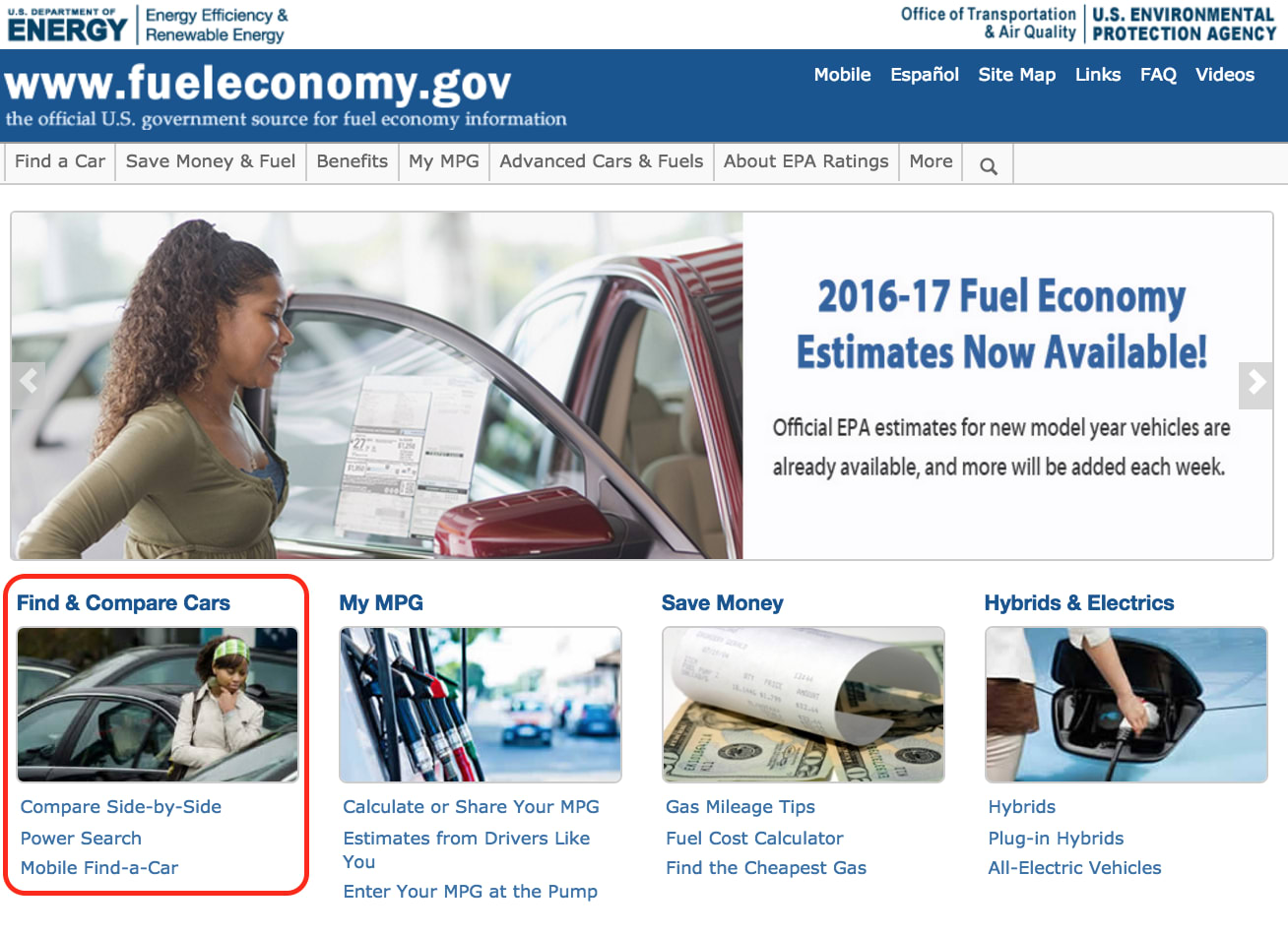
Step 1: Compare cars online. On the website www.fueleconomy.gov, select “Find and Compare Cars”.
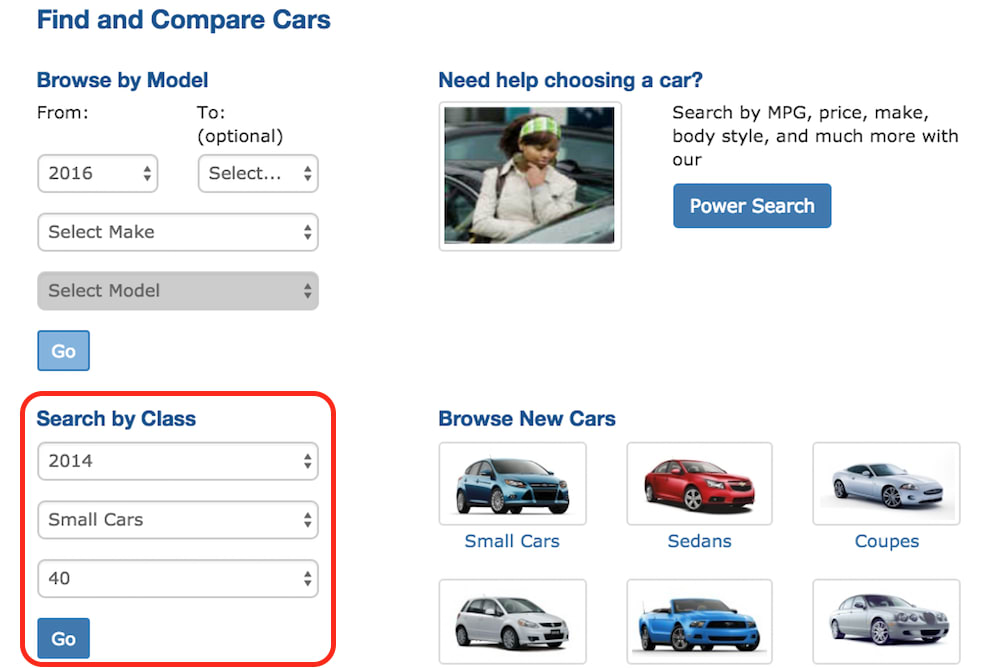
Step 2: Fill in the details of what you’re looking for. Scroll down to a section of dropdown menus on the left side titled, “Search by Class.”
Enter in the model year of the vehicle you wish to consider, the class of vehicle, and the desired fuel economy you want, and then click “Go.”
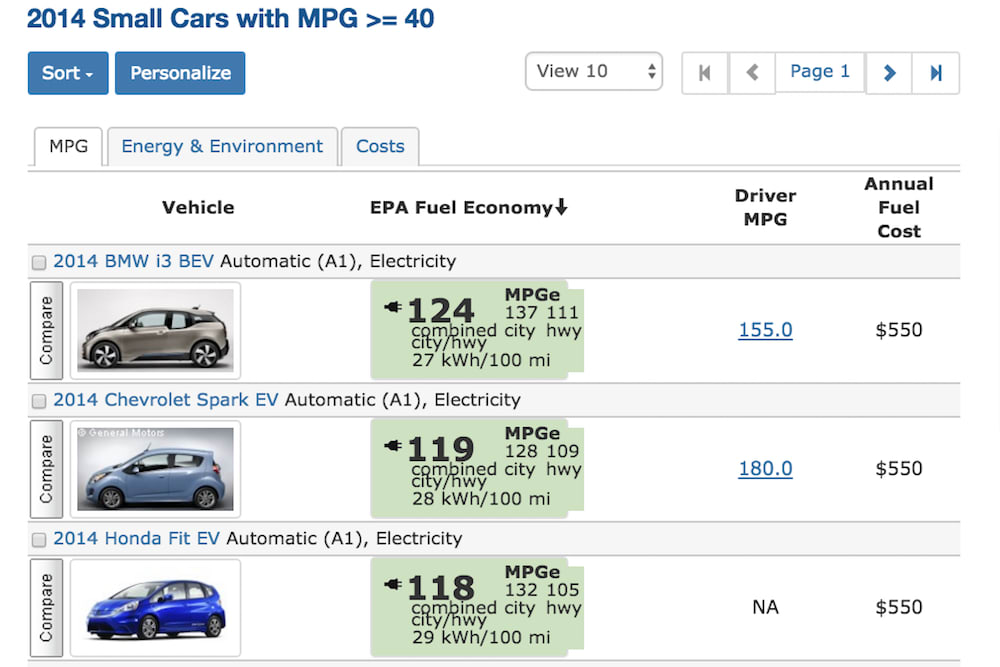
Step 3: Consider the results of the search. The site will display which vehicles meet your criteria. Matches are displayed in descending order of combined fuel economy.
If there are no matches, go back to the previous page and modify your search criteria.
Ultimately, making eco-friendly vehicle choices comes down to what your greatest areas of need are. In addition to selecting an environmentally friendly vehicle, you can modify your driving to reduce your fuel consumption through habits such as reducing idling time and setting your cruise control.


